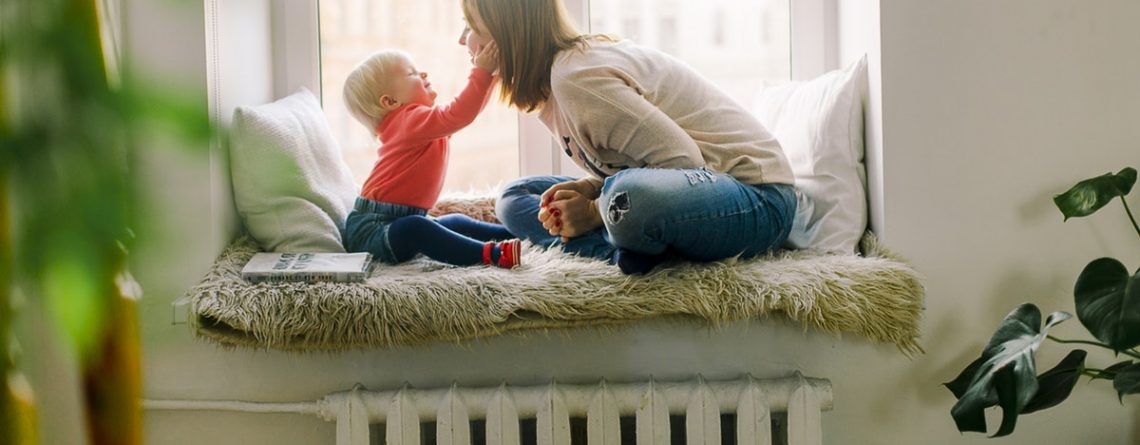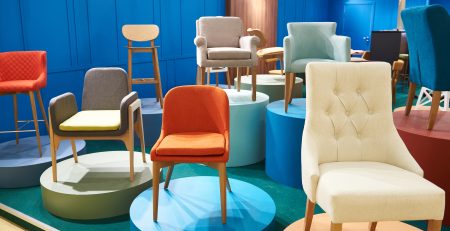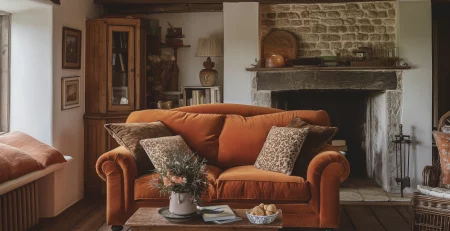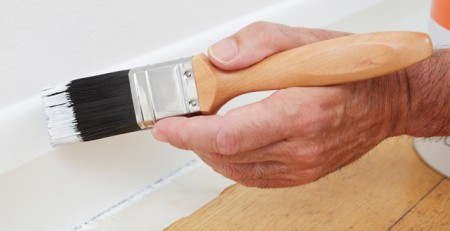Moving Home? How To Plan The Look And Feel Of Your New Place
Moving home is the perfect opportunity to start afresh, thinking deeply about how you relate to your home environment. It’s a chance to create a practical and relaxing, liveable space that truly reflects your personality and your needs,
Achieving this isn’t as simple as unpacking and arranging furniture on moving day. There are lots of factors you need to consider to achieve the right look and feel of your new home.
Lifestyle
When poring through interior decor magazines or blogs, it’s easy to become allured by idealistic designs that are ultimately impractical for the lifestyle you and your family have.
Before you can start planning the look and feel of your new place, think about how your family use your current space.
Are there certain rooms you gravitate to more than others? Make these the focal point of your home. Do you entertain a lot? If not, there’s no use in designating a whole reception room to hosting guests.
If you have small children or animals, you should think about how to factor in their safety in your layouts.
Perhaps you have a hectic lifestyle and would really benefit from establishing a nook in your home devoted to relaxation.
In your consequent plans, use your lifestyle as a guide rather than contemporary fashions.
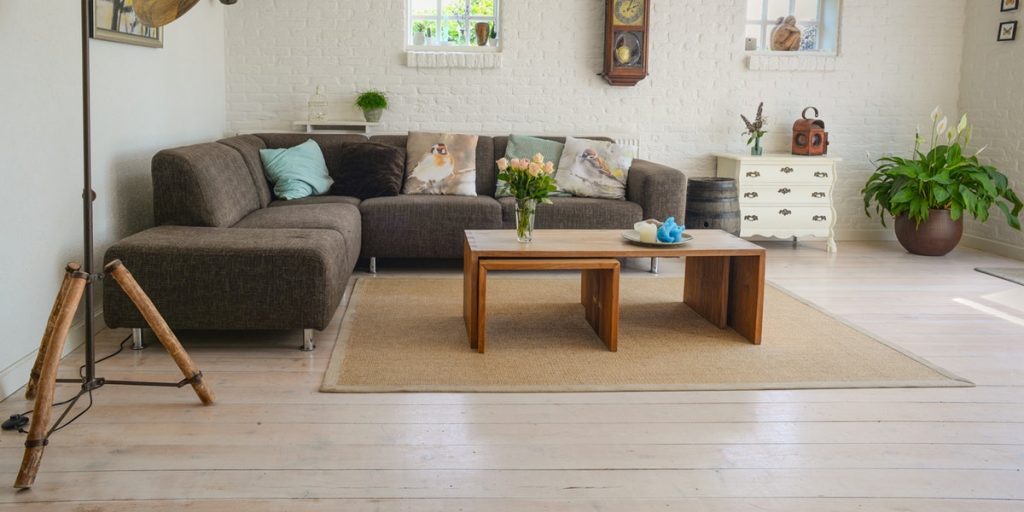 Budget
Budget
If you neglect to manage your budget, the excitement of your new home may be dulled by your crippling finances every month.
Following a budget is essential. Draw up a list of essential features you wish to have in your new home – these are things you really cannot live practically without.
After that, designate portions of your budget to non-essential items, like decorative pieces.
The Edit
Having thought about your current lifestyle requirements, you may realise that you own a lot of furniture that is simply being neglected and won’t serve a real purpose in your new home.
Before planning out your new home’s layout, you need to know what possessions you’re working with. This is a great time to purge your belongings.
Decide if you want to move items with you, donate them, or place them in self-storage for safe-keeping.
You could even upcycle existing furniture, giving it a lease of new life so it fits better into your new home.
Measurements
With your furniture inventory complete, you can start devising your floor plan.
Measure all of your key pieces – this includes beds, sofas, tables, and cabinets. You don’t need to measure every item you are moving with you, but the bulkier, feature pieces are crucial to size up.
Visit your new home, equipped with your measurements, and calculate how you will fit all your pieces in each room. Some rooms will have multiple purposes, so think about how you will demarcate the boundaries between each section too.
Noting where light fittings, windows, and electrical outlets are will be useful.
Draw up a rough sketch of how you envisage the layout of your home. This will act as a good basis for more specific, decorative planning.
 Storage
Storage
After exerting all your effort creating a beautiful new home layout, the last thing you want is for it to become cluttered.
Think in advance about what handy storage solutions you would benefit from. Whether its books, kids toys, jackets, or food, do some research into how to construct effective storage spaces to house items, creating a organised, calm space.
Balance
The flow of a room will dramatically affect how you feel when you’re in that space, so spending time striking some balance in your design is important.
Balancing heavier items of furniture with groupings of smaller items will soften a room. You can also create depth in a room by avoiding pushing furniture right up against the walls, making good use of the middle space.
Hanging large prints further up the wall will make the room feel more spacious, adding height to the space.
Choose your colours, patterns, and textures carefully. Bright colours bring life to a room but avoid overusing them. Pair them with more muted colours so they have a bigger impact.
Lighting
Lighting is an essential when creating the right mood in a space.
The positioning of lamps and the layout of a room in relation to the ceiling light fittings can mark the difference between promoting a cosy, warm space or a harshly lit, uncomfortable environment.
Take into account the surroundings of your home too when thinking about light. Are there sources of natural light you can take advantage of? Or if you require privacy from the outside, ensure you have soft lighting to turn on when your curtains are closed.
Plan, Plan, Plan
Following all of these steps requires a good deal of planning, but you’ll reap the benefits of having a home which has a look and feel which is just right for you and your family.
About the author
Carol is a freelance writer for Storage Vault City Centre and is absolutely bonkers about storage and productivity. If not writing lists, press releases or blog articles — you can find her exploring the Scottish highlands with her Macbook and notepad looking for inspiration and adventure.

